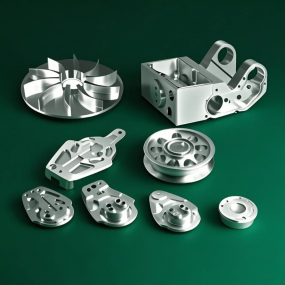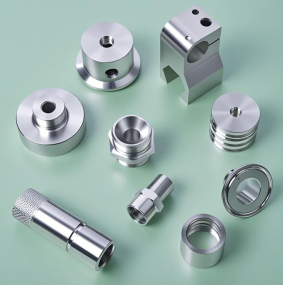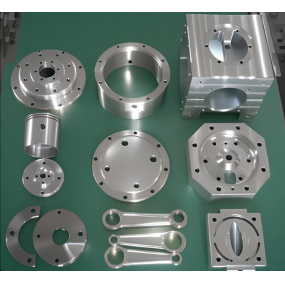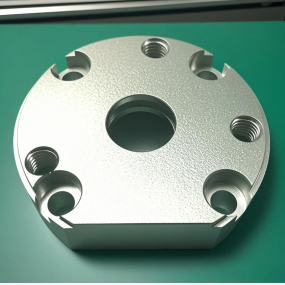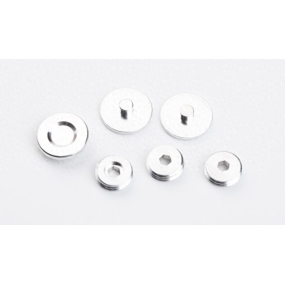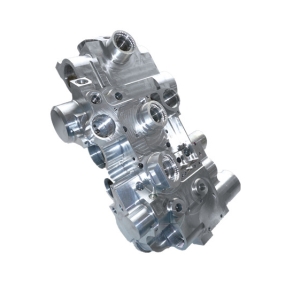Why do quenching cracks cause the durability and precision of Metal Stamping dies to be low, and how can stamping parts manufacturers avoid this situation to the greatest extent?
Cause:
1. Improper material selection or cracks in the material itself.
2. Cracks occur during casting.
3. There is machining stress.
4. Without preheating, the heating is too fast.
5. The heating temperature is too high or the holding time is too long.
6. The choice of cold quenching medium is inappropriate or the cooling rate is too fast.
7. When water and oil are quenched, the workpiece stays in the water for too long.
8. During grading quenching, the workpiece is removed from the grading coolant and cleaned in water too quickly.
9. The stress is too concentrated.
10. Repeated quenching without adequate annealing.
11. Temper in time after quenching.
12. Surface carbonization or decarbonization. 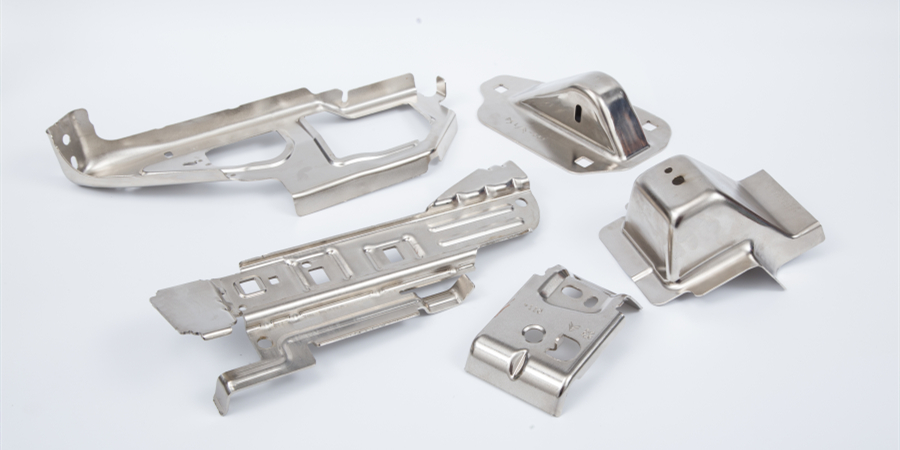
Solution:
1. Stamping parts manufacturers should choose steel products reasonably, and strengthen management and inspection.
2. Rational control of casting temperature and casting process, annealing treatment after forging.
3. Before the final processing of the metal stamping die, first de-stress and then correct the size of the metal stamping die, and finally quench it.
4. Use preheating and precooling as much as possible. High alloy steel is preferably preheated twice.
5. Strictly control the quenching temperature and holding time.
6. Choose the correct quenching medium to slow down the cooling rate. It is best to use a graded cooling process.
7. Strictly implement the correct cooling process.
8. During grading quenching, after the workpiece is removed from the grading coolant, it should be cooled to room temperature before being cleaned in water.
9. Before quenching, take protective measures such as iron sheet bandaging, wire binding, and soil blockage at the stress concentration.
10. Re-quenched parts should adopt an intermediate annealing process.
11. Temper in time after quenching.
12. When quenching and heating, reasonable protective measures should be taken. Such as the use of salt bath deoxidation, box furnace ventilation, etc.
This article is from EMAR Mold Co., Ltd. For more EMAR related information, please click: www.sjt-ic.com!


 Spanish
Spanish Arabic
Arabic French
French Portuguese
Portuguese Belarusian
Belarusian Japanese
Japanese Russian
Russian Malay
Malay Icelandic
Icelandic Bulgarian
Bulgarian Azerbaijani
Azerbaijani Estonian
Estonian Irish
Irish Polish
Polish Persian
Persian Boolean
Boolean Danish
Danish German
German Filipino
Filipino Finnish
Finnish Korean
Korean Dutch
Dutch Galician
Galician Catalan
Catalan Czech
Czech Croatian
Croatian Latin
Latin Latvian
Latvian Romanian
Romanian Maltese
Maltese Macedonian
Macedonian Norwegian
Norwegian Swedish
Swedish Serbian
Serbian Slovak
Slovak Slovenian
Slovenian Swahili
Swahili Thai
Thai Turkish
Turkish Welsh
Welsh Urdu
Urdu Ukrainian
Ukrainian Greek
Greek Hungarian
Hungarian Italian
Italian Yiddish
Yiddish Indonesian
Indonesian Vietnamese
Vietnamese Haitian Creole
Haitian Creole Spanish Basque
Spanish Basque

